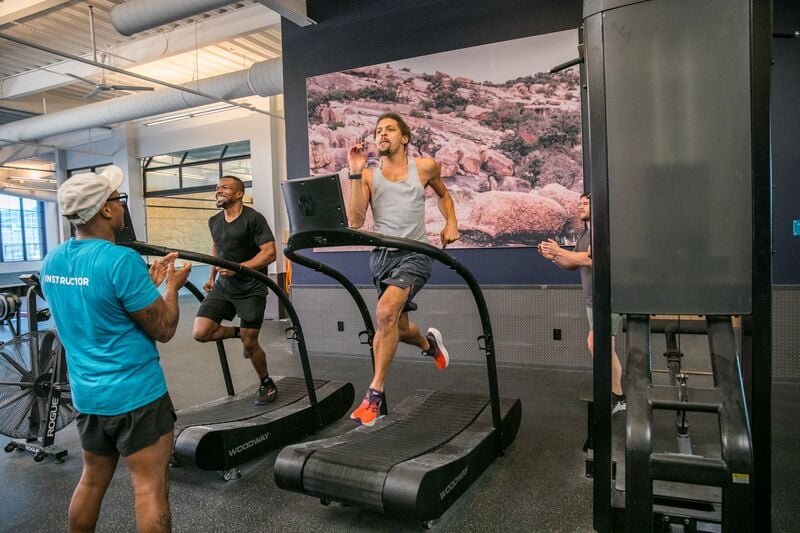The Truth About Cardio and Climbing
You’ve probably seen a bunch of run clubs popping up, and you probably have some climber friends who can’t go a single day without hitting the pavement. Then again, you might know someone who refuses to do any form of cardio that isn’t just the approach to a route or boulder. So, how much does cardio actually help us in climbing?
Let’s break it down.
The Benefits of Cardio for Climbers
While climbing is often thought of as a strength and technique sport, cardiovascular training can still play a meaningful role—especially for boulderers and sport climbers who want to become more well-rounded athletes. Here's how:
- Improved Overall Fitness
We’ve all heard the benefits of cardiovascular exercise for our overall health and fitness. Some well-known benefits include lower blood pressure, reduced risk of chronic diseases, cholesterol management, and more.
- Increased Aerobic Capacity and Improved Lactate Threshold
Bouldering involves short, repetitive bursts of power; those repeated efforts require strong aerobic capacity. Cardio helps your body utilize oxygen more efficiently, which can improve recovery between hard attempts during a projecting session. Additionally, cardio workouts can improve your lactate threshold and manage your lactic acid buildup (aka the feeling of being “pump”). This means you could improve your endurance on long rope climbs and even recover more from any rest positions on the route.
- More Than Just Legs
Think cardio only helps your lower half? Not quite. A stronger heart means better blood flow and circulation throughout your entire body—including your forearms. That means your grip might last a little longer and recover a bit faster.
A Few Caveats: Cardio Isn’t a Cure-All
That said, cardio shouldn’t become your primary focus if climbing performance is your top goal. Here are a few key things to keep in mind:
- Not All Cardio Is Climbing-Specific
Running and biking are extremely popular and are both great general options. These activities don’t target climbing-specific muscles, which means they may not contribute directly to aerobic gains for climbing. If you’re looking for more direct aerobic gains for climbing, you might want to explore things like ARC training or low-intensity climbing circuits.
- Watch Your Timing
Doing a hard cardio session right before (or the day before) a projecting day? Probably not the best move. High-intensity cardio can leave your body drained, making it harder to bring your full strength to the wall.
- You Can’t Train Everything at Once
If you're trying to build max power or strength, long, intense cardio sessions may not be the most beneficial complementary. In other words, don't expect to train power and endurance simultaneously.
- Rest Days Matters
Even though running might not use your upper body as much, it still counts as work. True rest days (1–2 a week!) are essential to help your body recover and come back stronger. Your body can only recover so much in a certain period of time; pushing it too far may result in diminishing returns.
So... Should Climbers Do Cardio?
The short answer: if you enjoy it—yes! Cardio won’t make or break your climbing performance on its own, but when used thoughtfully, it’s a valuable tool in your training toolkit. It can help with recovery, endurance, and overall health.
To be smart about your cardio work outs, consider the following:
- Use cardio as a low-intensity warm-up: Try 20 minutes of jogging or cycling at a 3–4 RPE (rate of perceived exertion).
- Avoid hard cardio the day before high-intensity climbing sessions or competitions.
- Use it strategically: aerobic base work can help you build endurance and support recovery, especially on rest days or as part of your general fitness.
So go ahead—lace up those shoes, get the heart rate up, and enjoy the process!

